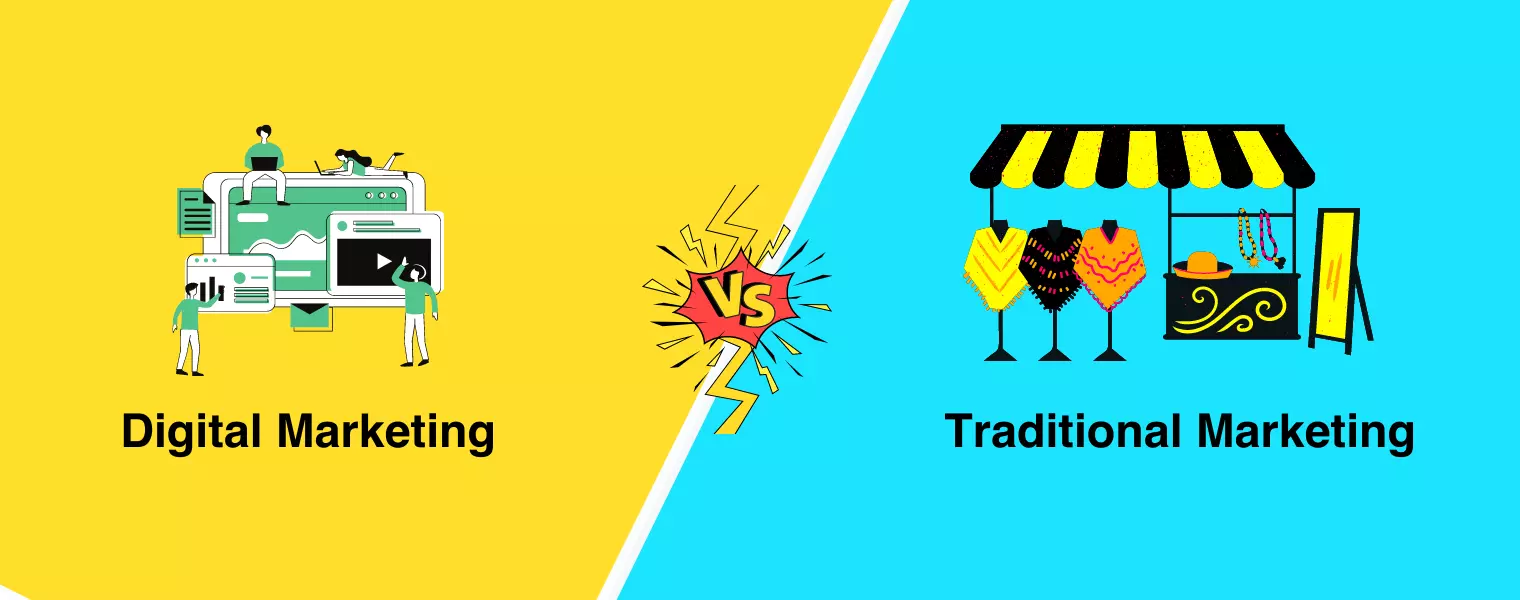
Digital marketing is a type of marketing that uses online technologies like digital media and various digital marketing channels to promote products and services. People's interactions with brands have evolved over time, and the COVID-19 virus has accelerated the digital marketing trend like never before.
Digital marketing involves presenting your company to online audiences. Digital marketing involves the use of Internet marketing channels such as: Search, social media, Paid advertising, Online stores, Blogs, Emails, Videos and more
These channels assist you in reaching a wider internet audience. With more than 4.95 billion Internet users, marketers are turning to digital marketing platforms to help them reach more qualified leads.
Here are some of the most common digital marketing methods used by businesses:
SEO (SEO stands for search engine optimization), Marketing on social media, PPC (pay-per-click) advertising, Content marketing and web design, Email marketing.
Earned Media
Earned media refers to the publicity a company receives as a result of online word-of-mouth. Earned media is one of the most important media forms for brands because it is organic reach. There is a great chance for better visibility and consumer loyalty when people talk about the companies themselves.
Owned Media
Owned media is digital media that a company owns in perpetuity. These marketing channels are critical for user engagement and lead nurturing. Website content, blogs, social media pages, videos, YouTube channels, and other forms of owned media that the company controls with its name are examples of owned media.
Paid Media
Paid media is the amount of exposure a brand receives in exchange for money. Because organic reach takes time and can be limited, brands use paid media to reach more people and increase brand awareness or lead generation. As a result, paid media is one of the most effective marketing channels for promoting your brand on the web, and well-executed campaigns on the right channels can yield exceptional results.
Traditional marketing, as the name implies, is a traditional approach that uses traditional channels to reach out to a semi-targeted audience, such as billboards, brochures, posters, and print media. Ads are distributed across all of these media channels in order to capture the attention of the target audience.
Traditional marketing is also known as "push" marketing because you take your message to the customers rather than waiting for them to come to us.
Traditional marketing is still static, whereas digital marketing is ever-changing.
In digital marketing, you can target a specific audience to whom you want to show the ad. At the same time, you can set aside small budgets for testing while still having enough resources for A/B testing. Even after the ad has gone live, you can change the ad copy, budget, audience, and so on. In contrast, in a traditional marketing strategy, you have no control over your target audience.
With such a massive shift in customer attention toward digital media, the internet advertising industry is going insane.
Because people cannot send messages to the brand, traditional marketing is a one-way communication channel. In contrast, digital marketing allows people to communicate with brands by leaving comments on advertisements, making direct statements, or responding to chatbots.
In traditional marketing, audience targeting is standardised, whereas in digital marketing, audience targeting can be customised.
Traditional marketing is more expensive, and it is difficult to measure results because you never know who will see your ad. A print ad, for example, could cost between $1,000 and $10,000, but specifying the people is impossible. You could, however, run different versions of ads in digital marketing and test them on your customer persona to find the exact audience and ad copy that will provide the best return on investment.
Many small businesses in the area still rely on traditional marketing for day-to-day operations and lead generation. However, the growing popularity of digital marketing, as well as a complete track on return on investment, make it a better option.
If your audience interacted with your ad but did not take the desired action, you could re-target them. Traditional marketing does not take advantage of such opportunities. With increased competition and algorithm twirls, digital marketing can be painful and confusing at times. However, with the benefits outweighing the drawbacks, any brand would be wise to invest in an SEO agency and digital marketing in order to capitalise on the power of globalisation and digitalization.
Traditional marketing is ineffective and costly, whereas digital marketing is both effective and inexpensive.
Traditional marketing is becoming less important due to the lack of features such as selecting the audience to target or connecting with them with a personalised message at the preferred time. As a result, many marketers agree that digital marketing has an advantage over traditional marketing due to its increased effectiveness in terms of return on advertising spend and enhanced personalization.
Traditional and digital media are both competitive, as most brands strive to communicate with their target audiences. Personalization becomes the differentiating factor in such a competitive environment. As a result, personalised advertisements are at least 50% more effective than non-personalized advertisements. And, with digital marketing, you have complete control over personalization.
If you're looking for the Best digital marketing agency. We have a highly skilled in-house marketing team that will create a digital marketing strategy tailored for your business’s needs. For more info reach us at info@doforttech.com or comment below.
Welcome to DoFort !